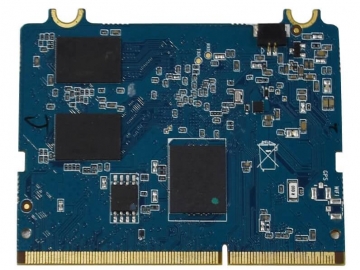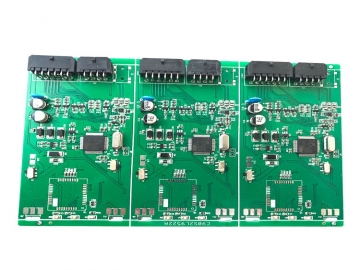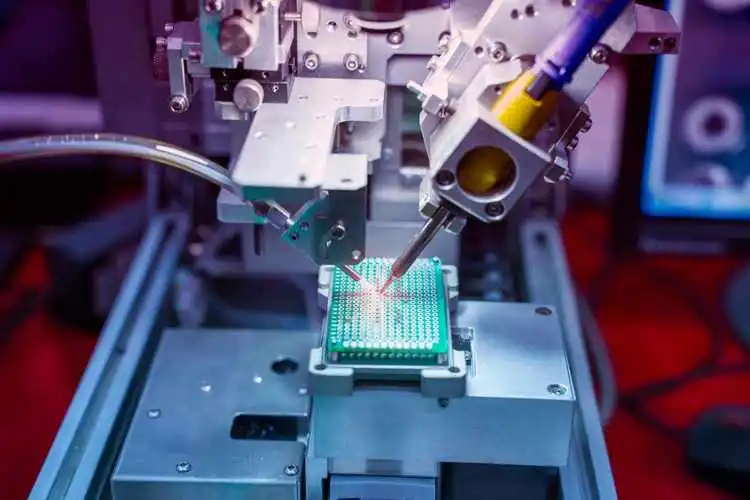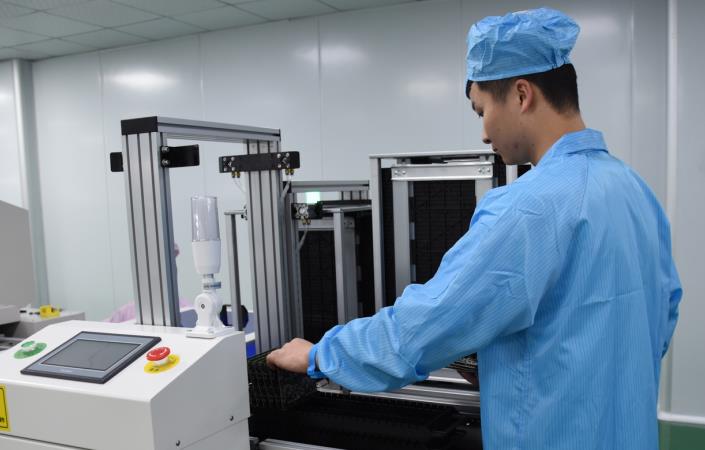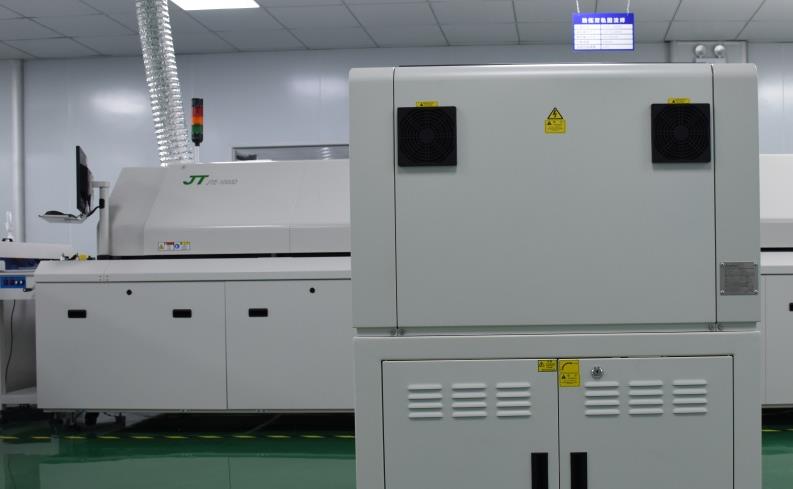The impact of chaotic PCB layout on soldering reliability
PCB layout chaos has significant impacts on the reliability of soldering, mainly manifesting in the following aspects:
Risk of soldering errors and short circuits:
- Chaotic layout may lead to incorrect placement of components during the soldering process, such as placing the wrong components on the wrong solder pads, thereby introducing potential short circuit or open circuit issues.
- Too small a spacing between components, especially without proper isolation, will significantly increase the risk of short circuits.
Decreased soldering quality:
- Chaotic layout may make it difficult for solder joints to achieve ideal mechanical strength and electrical conductivity, thereby affecting the overall quality of soldering.
- Improper layout may result in increased contact resistance at the solder joints, uneven and unsightly solder joint surfaces, or even burrs and voids, all of which will reduce the reliability of soldering.
Reduced maintainability:
- Chaotic layout makes it difficult to quickly and accurately locate and replace faulty components during maintenance and debugging, increasing the difficulty and time cost of repairs.
For example, if reference markers are not properly placed or difficult to identify, it will lead to incorrect placement of components, causing difficulties in assembly and debugging.
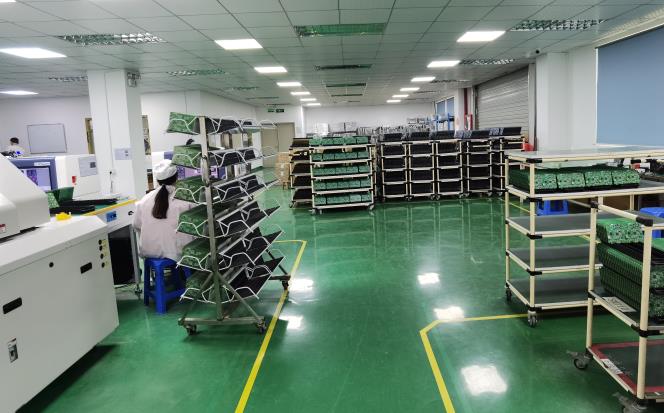
Thermal stress and deformation:
- Chaotic layout on the PCB with uneven distribution of mass and density may lead to thermal stress during soldering and cooling, further causing deformation and warping of the PCB, affecting the quality and reliability of soldering.
Compatibility issues with processes:
- Chaotic layout may make it difficult to implement or achieve desired results for certain soldering processes (such as reflow soldering and wave soldering). For example, in wave soldering, if component layout does not take measures to overcome the "shadow effect," it may lead to incomplete soldering or uneven soldering quality.
Challenges for lead-free soldering:
- Chaotic layout poses greater challenges for lead-free soldering as the melting point of lead-free solder is higher, requiring higher temperatures and longer times during the soldering process. Chaotic layout may make lead-free soldering more difficult and increase the risk of soldering failures.
Chaotic PCB layout has various impacts on the reliability of soldering, including soldering errors, decreased soldering quality, reduced maintainability, thermal stress and deformation, compatibility issues with processes, and challenges for lead-free soldering. Therefore, in PCB design, it is essential to fully consider the rationality and standardization of the layout to ensure the reliability and stability of soldering.
Tags: PCB /PCB_layout /
Prev: What role does electronic component procurement play in PCB manufacturing?
Next: Application design requirements for PCB communication product connectors


